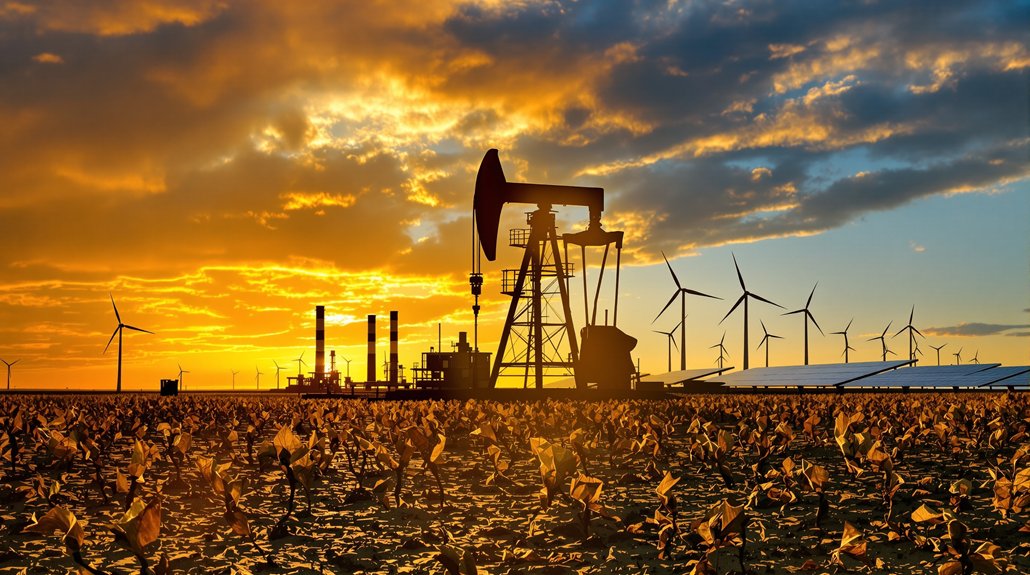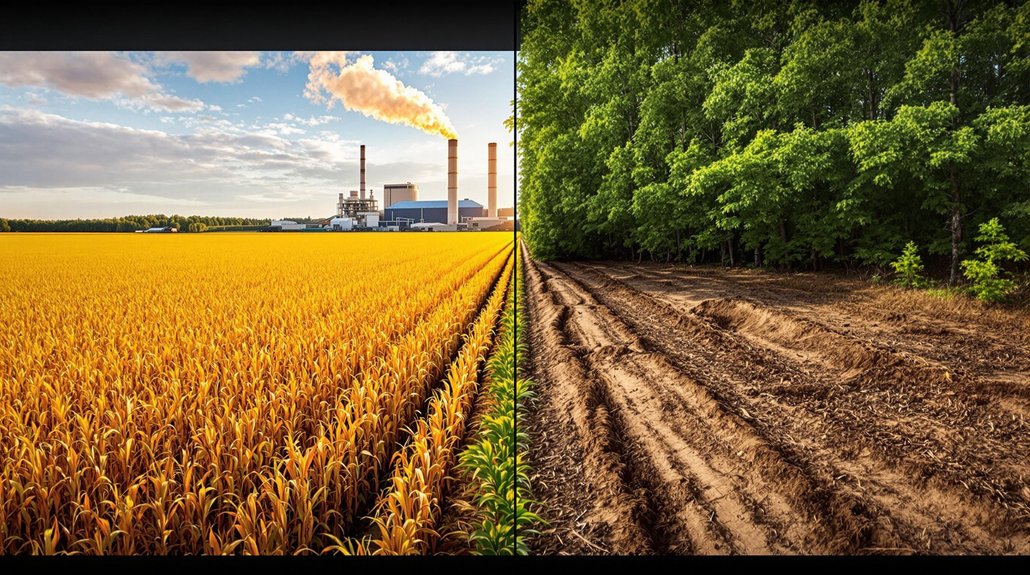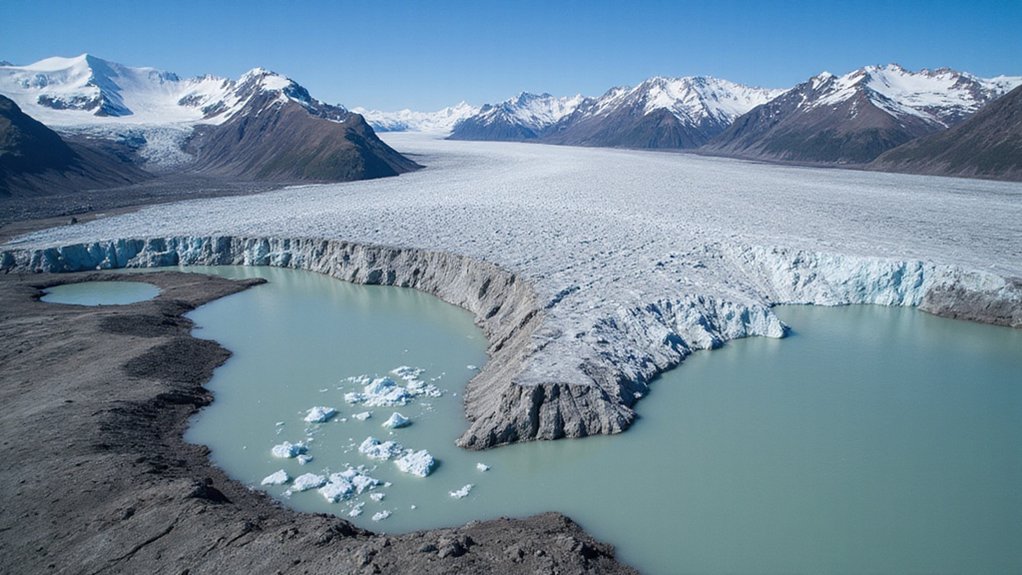As record-breaking heat waves continue to sweep across the Arctic, once-stable ecosystems are falling into disarray. Marine heatwaves aren’t just temporary inconveniences—they’re triggering full-scale structural upheavals that persist long after temperatures return to normal. The damage lingers like a bad hangover, affecting entire food webs for years.
Summer sea ice is disappearing at an alarming 13% per decade. No ice, no ice-dependent animals. Simple math, really. Polar bears, narwhals, and walruses are watching their habitats literally melt away. They can’t exactly pack up and move to the suburbs.
It’s not just the big creatures suffering. The ocean’s getting layered—stratified—thanks to all that freshwater from melting ice. Nutrients can’t rise to the surface. Big, nutritious diatoms are losing out to smaller phytoplankton that don’t pack the same caloric punch. The Arctic’s getting a diet it never asked for.
The Arctic Ocean’s stratification crisis: a forced diet plan turning nutrient-rich waters into ecological junk food.
The neighborhood’s changing too. Southern fish species are moving north—”borealization,” scientists call it. These warm-water interlopers are disrupting Arctic communities that never evolved to deal with them. Talk about unwelcome guests.
And here’s the twist: these changes stick around. Years after temperatures drop, the ecosystem remains altered. Timing gets thrown off. Predators show up for dinner when prey species haven’t even hatched yet. Awkward.
Harmful algal blooms are becoming more frequent, which is exactly as pleasant as it sounds. They’re like the party crashers of the plankton world, poisoning the buffet for everyone else.
The Arctic’s heating up twice as fast as anywhere else on Earth. These climate-driven changes are pushing us toward dangerous tipping points that scientists warn could trigger irreversible shifts in our planet’s systems. Each marine heatwave weakens the system’s resilience, making it more vulnerable to the next hot spell. It’s a vicious cycle that’s transforming one of Earth’s most productive ecosystems into something unrecognizable. The warming has already caused the disappearance of the Bering Sea cold pool in summers of 2018 and 2019, leading to widespread ecological disruption.
The ocean’s memory is long. These heat waves may be temporary, but their shadows stretch far into the future. Climate models project that summer sea surface temperatures could increase by nearly 7°C by 2085, dramatically altering the Arctic marine environment we once knew. The Arctic we knew is vanishing, and it’s not coming back anytime soon.
References
- https://www.frontiersin.org/journals/environmental-science/articles/10.3389/fenvs.2025.1473890/full
- https://www.nature.com/articles/s41558-024-02224-7
- https://www.arcticwwf.org/threats/climate-change/
- https://www.nature.com/articles/s41467-024-52760-1
- https://www.colorado.edu/today/2024/09/04/how-earths-most-intense-heat-wave-ever-impacted-life-antarctica








